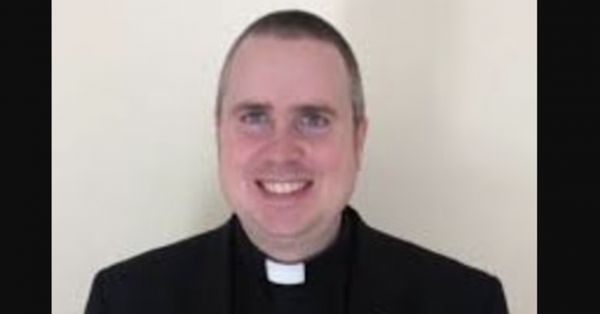Father Thomas McHale of Our Blessed Lady Immaculate Church in Blackhill, Consett, County Durham sparked a heated debate with his recent Good Friday sermon. The 53-year-old American priest made a shocking claim about the crucifixion of Jesus Christ, leaving his congregation uncomfortable and speechless.

In his sermon, Father McHale suggested something rather unexpected. He spoke about the physical toll of crucifixion and how it could have caused Jesus’s body to react in a way that might surprise some. Although provocative, his intention was to shed light on the excruciating physical torment Jesus endured. However, the graphic nature of his statement caught many off guard, including young families among the 100 parishioners present that day.
This incident serves as a reminder of the delicate balance clergy must strike when discussing theological matters. Father McHale’s statements highlight the challenge of delivering thought-provoking sermons while maintaining respect and sensitivity. Perhaps he missed the mark this time by not fully considering the impact his words would have on the audience.
But this is not the only curious incident happening within the church recently. Another intriguing example involves an AI priest named Father Justin. This digital clergyman made headlines for his unconventional suggestions, such as baptizing a baby in Gatorade and offering marriage advice that pushed societal boundaries. It seems even divine tech can sometimes go awry.
These incidents shed light on the broader challenges faced by religious communities in the modern world. From incorporating technology into spiritual guidance to interpreting ancient texts in contemporary times, there are many potential pitfalls. One misstep can create a stir and raise important questions about how religious teachings are communicated today.
For the local community and the church, Father McHale’s sermon was more than just an uncomfortable moment in the pews. It prompted deep reflection and discussion. It served as a wake-up call to approach sacred topics with tact and sensitivity while still preserving their significance. Perhaps this controversy will lead to more thoughtful and respectful ways of engaging with age-old stories, ensuring they retain their meaning without crossing into inappropriate territory.
As the church navigates these challenging waters, it is evident that finding a delicate balance between tradition and inclusivity is crucial. The recent hullabaloo serves as a catalyst for dialogue, ultimately fostering a greater understanding and appreciation for the diverse congregation they serve.





